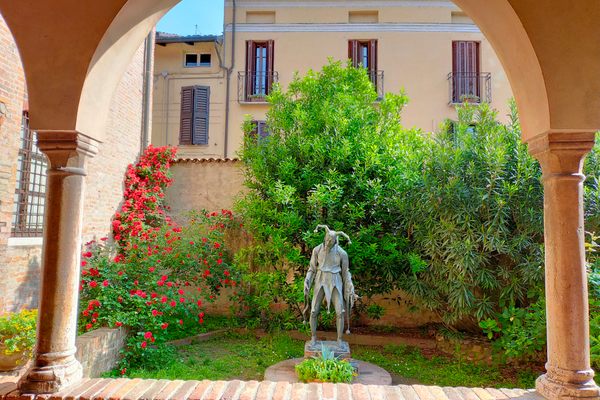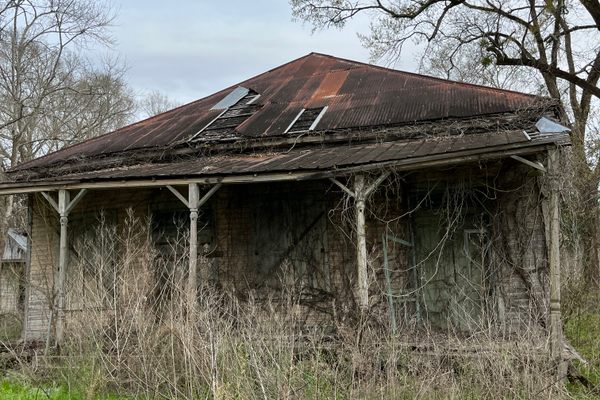AO Edited
Evans-Tibbs House
The former home of Lillian Evans Tibbs and her grandson, Thurlow Evans Tibbs Jr., whose prodigious contributions to music and art spanned more than 90 years.
This two-story historic brick rowhouse was designed by architect R.E. Crump and built in 1894 in the Shaw neighborhood of Washington, D.C. In 1904, singer Lillian Evans Tibbs moved into the house and built her career as one of the first Black opera singers to achieve international fame.
After studying at Miner Teacher’s College to be an educator, she went on to graduate from Howard University with a bachelor’s degree in music. She was a polyglot, fluent in French and German, which helped her to break into the world of French opera after sailing to France in 1924.
Evans-Tibbs adopted the stage name “Madame Lillian Evanti” in order to sound more European and performed publicly for the first time in a joint recital with a violinist at the home of a wealthy patron. She observed that the racial prejudices that limited her potential in the U.S. were not present to the same degree in France, and by 1927, she had gone from touring France to landing the lead role in Léo Delibes’ Lakmé at the Trianon-Lyrique in Paris—the same role she had debuted in Nice, France in 1925. She spent the next seven years touring Europe and South America.
She returned to the U.S. in 1932 to audition at the Metropolitan Opera Company, but despite her dazzling resume and international success, she was never offered a contract. Evans-Tibbs continued to perform in the U.S. including a private recital at the White House for Eleanor Roosevelt and her friends, and was a founding member of the National Negro Opera Company. Based in Pittsburgh, Pennsylvania, the NNOC was active between 1941 and 1962 and counted among its members Robert McFerrin, Sr., father of Grammy Award Winning vocalist, Bobby McFerrin.
Evans-Tibbs continued to perform and compose music throughout the 1940s, first collaborating with blues composer W.C. Handy before branching out on her own and publishing her own music through the Columbia Music Bureau, which she founded. Following her death in 1967, her grandson Thurlow Evans Tibbs, Jr., who attended high school at Cardozo and college at Dartmouth, continued to live in the family home.
Tibbs began collecting art in the mid-1970s and after acquiring hundreds of works, he began dealing art in the mid-1980s. In 1989, he left his job as a facilities planner at the General Services Administration, and opened an art gallery, the Evans-Tibbs Collection, in the family home. In 1996, he made one of the largest donations of historical American art and reference materials to the Corcoran Gallery.
Tibbs died in his home unexpectedly at the age of 44 in January of 1997. Upon the disbanding of the Corcoran Gallery in 2014, over 6,000 works were acquired by the National Gallery of Art, including the expanded Evans-Tibbs Collection.
Know Before You Go
Evans-Tibbs House is a short walk from the U Street / African American Civil War / Cardozo metro station and is part of the Greater U Street Historic District. The house was listed on the National Register of Historic Places in 1987.
















Follow us on Twitter to get the latest on the world's hidden wonders.
Like us on Facebook to get the latest on the world's hidden wonders.
Follow us on Twitter Like us on Facebook